May 29, 2025 | 21:19 GMT +7
May 29, 2025 | 21:19 GMT +7
Hotline: 0913.378.918
May 29, 2025 | 21:19 GMT +7
Hotline: 0913.378.918
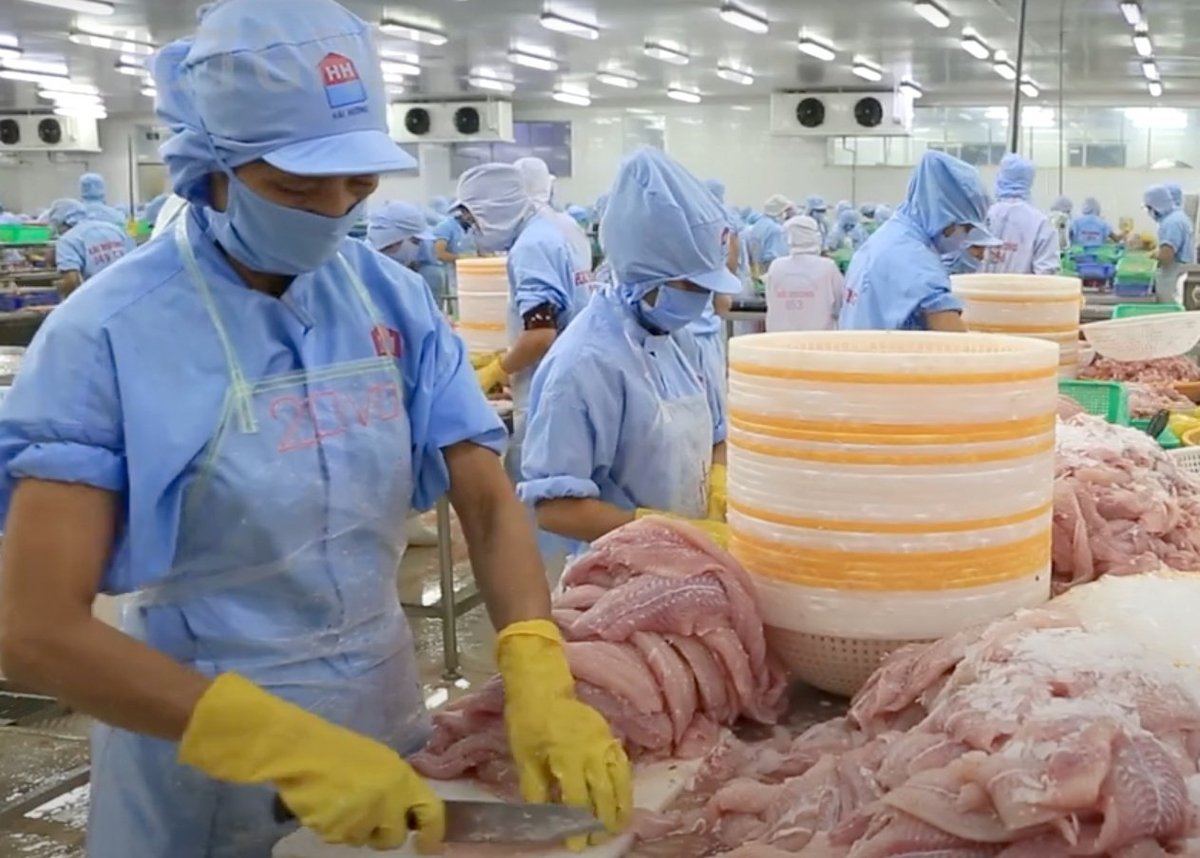
In order to mitigate the effects of the downward pressure on the U.S. market, Vietnamese businesses are increasingly focusing on other main and emerging markets. Photo: Son Trang.
Vietnam's pangasius exports to the United States are beginning to be affected by reciprocal tariffs, which has prompted exporters to investigate alternative markets with significant development potential.
Compared to the same period in 2024, pangasius exports from Vietnam increased in several markets, including China–Hong Kong, Brazil, the EU, and Thailand, in April. However, shipments to the United States experienced a 15% decline, totaling USD 40 million. This occurred after a minor decline in March, which followed a surge in February. This indicates that reciprocal tariffs are beginning to reduce demand.
The overall downward trend is evident, despite April providing a window of opportunity due to delayed tariff enforcement, which enabled companies to expedite deliveries.
Vinh Hoan Corporation, the primary exporter of pangasius to the United States in Vietnam, has expressed concern. The company has revised its projections downward in response to the new tariff risks, as it had previously expected 2025 revenues of VND 13.8 trillion (up 9.7% year-on-year) and parent company net profit of VND 1.5 trillion (up 22.3%).
Vinh Hoan forecasts a net revenue of VND 10.9 trillion in 2025, a 12.9% decrease from 2024, and a net profit of VND 1 trillion, a 33.3% decrease from the initial target and an 18% decrease from 2024, under a base-case scenario. Despite the more optimistic scenario, the projected revenue would decrease to VND 12.35 trillion (a 1.3% decrease) and the profit would only rise to VND 1.3 trillion—still below the original plan.
Despite this, the company remains committed to the U.S. market. Customer demand remains consistent, and export orders for the second quarter are exhibiting favorable trends. Vinh Hoan also enjoys a strategic advantage in that it is the sole Vietnamese pangasius exporter exempt from anti-dumping duties, as a result of a bilateral agreement that resolved a longstanding trade dispute over frozen fillets.
To mitigate the downward pressure on the U.S. market, Vietnamese businesses are increasingly focusing on other major and emerging markets.
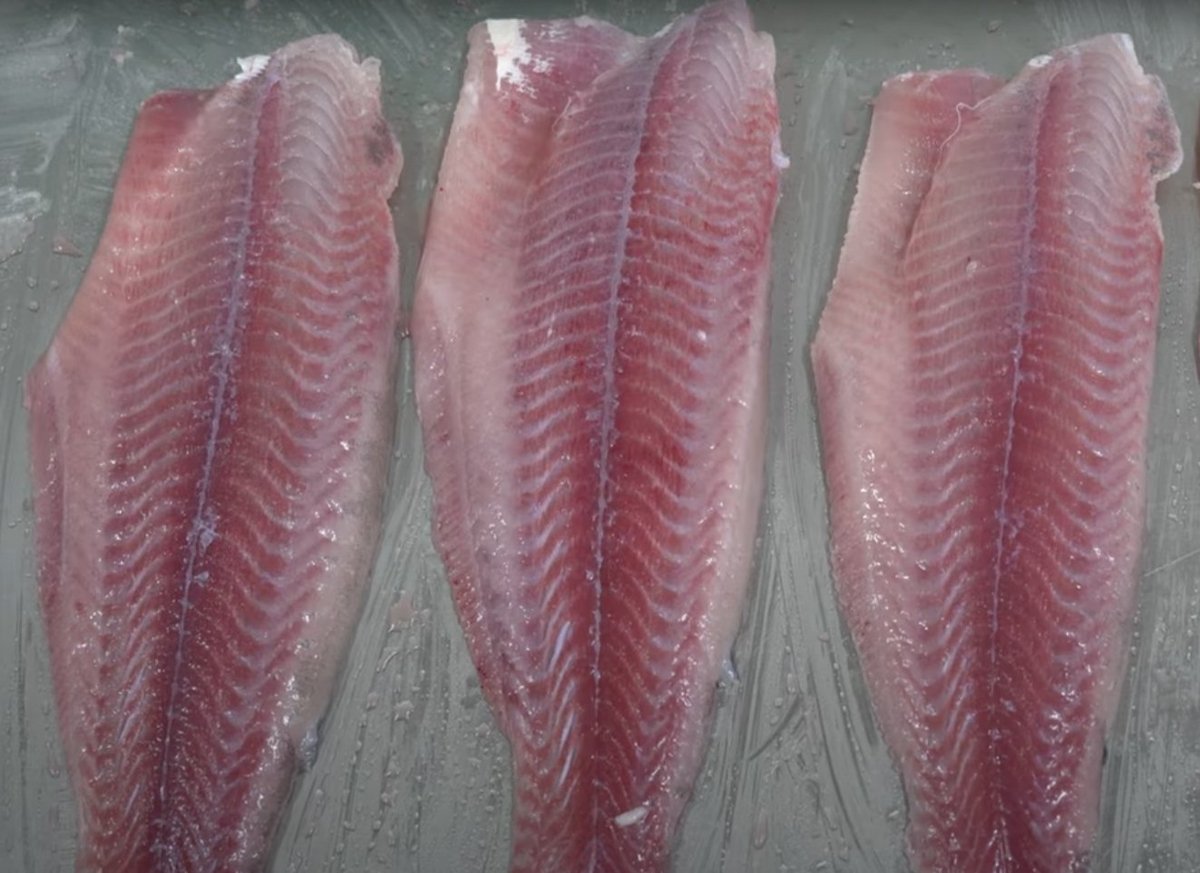
Compared to salmon, cod, and other white-fleshed fish, Vietnam's competitive advantage is its capacity to supply pangasius in large quantities, year-round, and at reduced prices.
Brazil is a destination with significant potential. Exports to Brazil totaled USD 63 million in the first four months of this year, representing a 67% increase over the same period last year. At present, Brazilian imports are primarily restricted to frozen pangasius fillet segments; however, there is a possibility that more extensive opportunities may arise in the near future.
The Vietnam Trade Office in Brazil has reported that the two nations are in the process of finalizing technical procedures to enable Brazil to import all varieties of Vietnamese pangasius fillet products in accordance with international standards. In return, Vietnam is anticipated to facilitate Brazilian beef exports, which could serve as a reciprocal trade opening that could be advantageous to pangasius exporters.
Thailand is also experiencing growth. Thailand imported USD 25 million worth of pangasius in the first four months of 2025, representing an 18% year-over-year increase. Vietnam is now the second-largest pangasius market in Asia, following China.
Thailand offers a robust market for Vietnamese pangasius, driven by its expanding food service industry and growing demand for ready-to-eat seafood. The fish is frequently employed in the production of pre-cooked meals, international-style restaurants, and buffets.
Thailand's appeal as a target market is further enhanced by its geographic proximity, minimal logistics costs, and tariff reductions under the ASEAN Trade in Goods Agreement (ATIGA).
In addition to these, the Vietnam Association of Seafood Exporters and Producers (VASEP) has identified additional promising markets, such as Africa and South America (excluding Brazil), as well as Muslim-majority countries in the Middle East, North Africa, and South Asia (provided that exporters adhere to Halal standards).
Compared to salmon, cod, and other white-fleshed fish, Vietnam's competitive advantage is its capacity to supply pangasius in large quantities, year-round, and at reduced prices.
The Mekong Delta's processing facilities have now achieved international standards for food safety, antibiotic residue control, and traceability. The pangasius industry in Vietnam is well-positioned for continued global expansion, as these factories possess the technical capacity to manufacture a diverse array of value-added products tailored to meet the specific market requirements.
*USD 1 = VND 25,810 (Source: Vietcombank)
Translated by Linh Linh
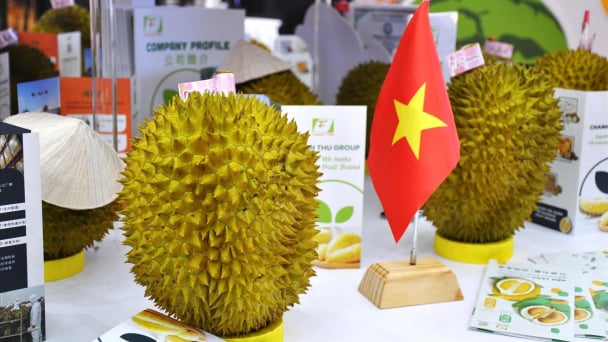
(VAN) A free booth for two years at Xinfadi, Beijing's largest wholesale market, will be allocated to Vietnam's agricultural products.
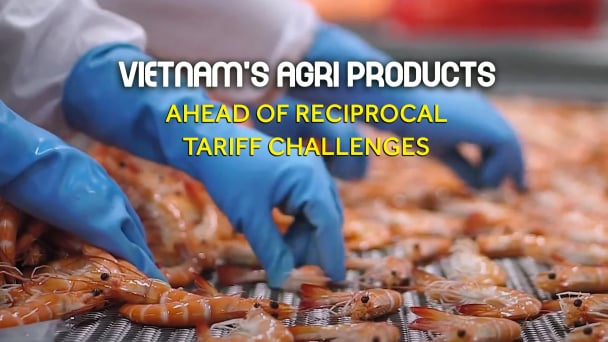
(VAN) Vietnamese shrimp exporters are actively looking for alternative markets and accelerating shipments to the United States in response to the pressure of impending reciprocal tariffs. This is occurring during a temporary tariff suspension.
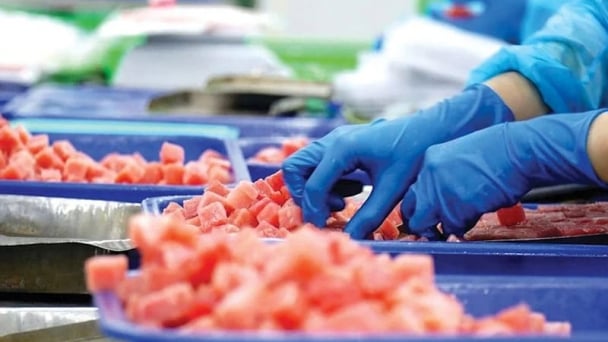
(VAN) The import-export turnover between Vietnam and Singapore rose amid a trade rebound, with machinery, electrical equipment, and fuels making up the majority of the transaction value.
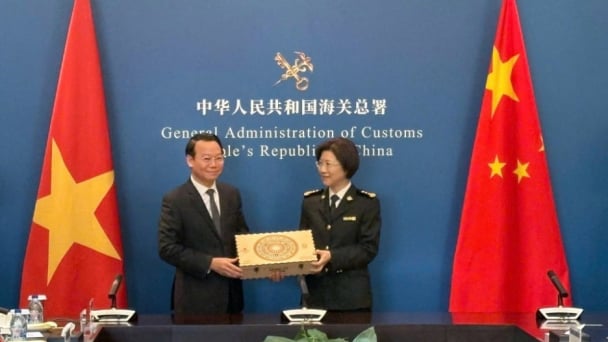
(VAN) Director General of the General Administration of Customs of China, Ms. Sun Mai Jun, has pledged to implement measures that will ease the import process for Vietnamese agricultural products.
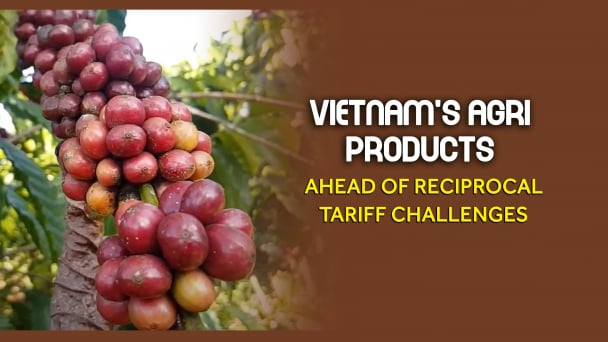
(VAN) Although Vietnam is still increasing its coffee exports, the industry is currently in the process of determining market strategies in response to the U.S. imposition of reciprocal tariffs.

(VAN) With rising demand in Muslim-majority countries, Halal certification is becoming a critical passport for Vietnamese agricultural products seeking sustainable market access and consumer trust in the Middle East and Africa.